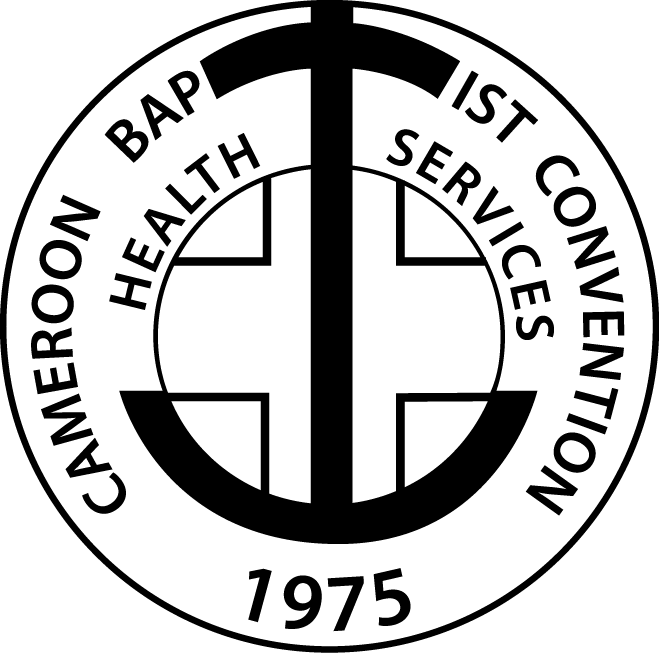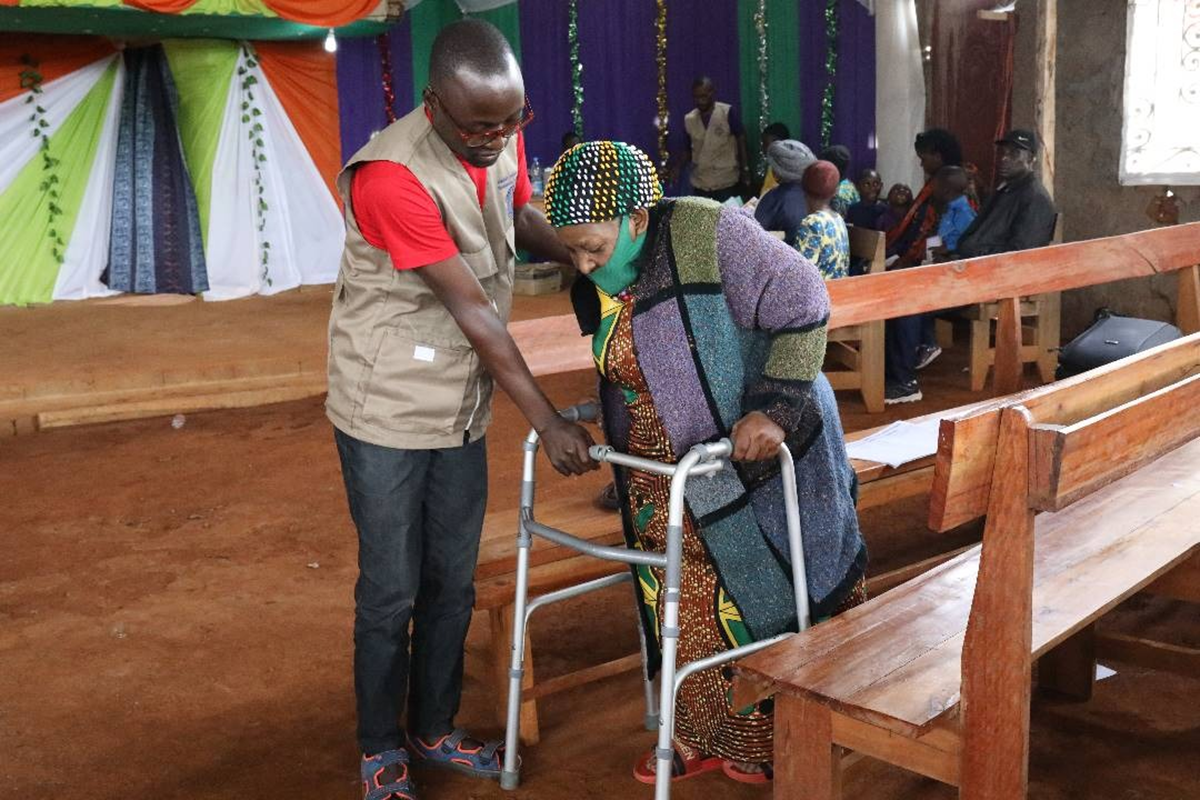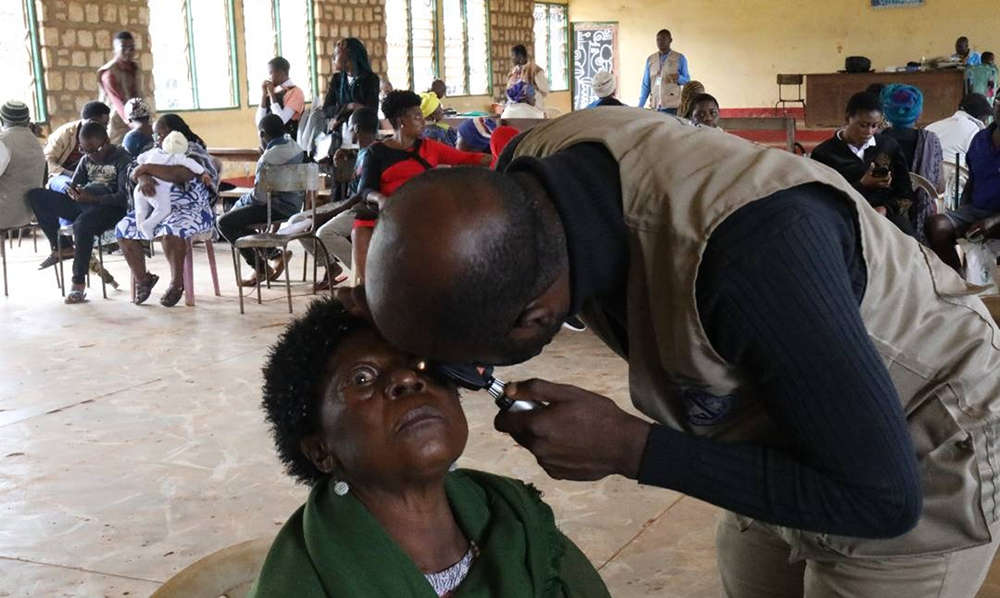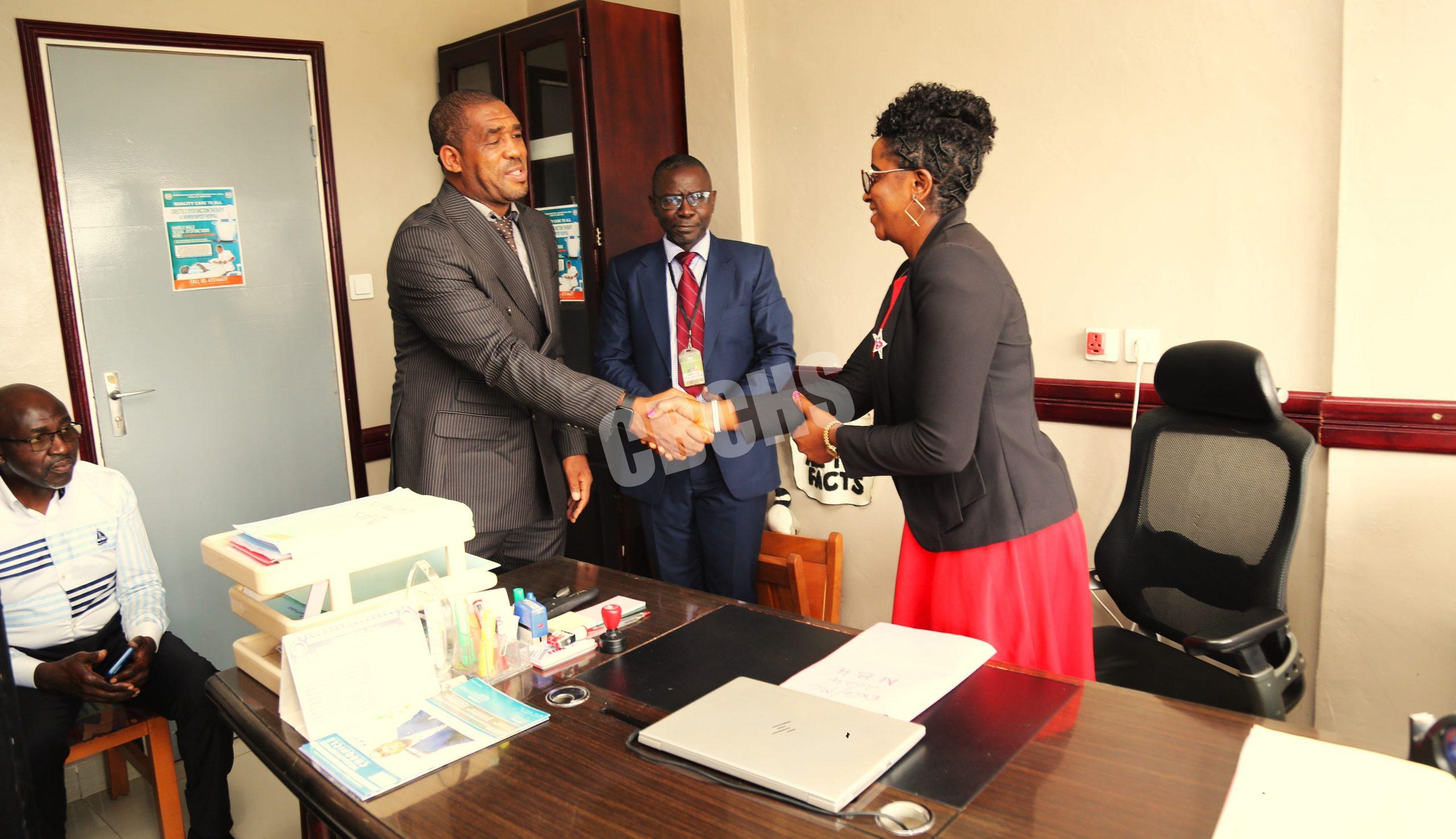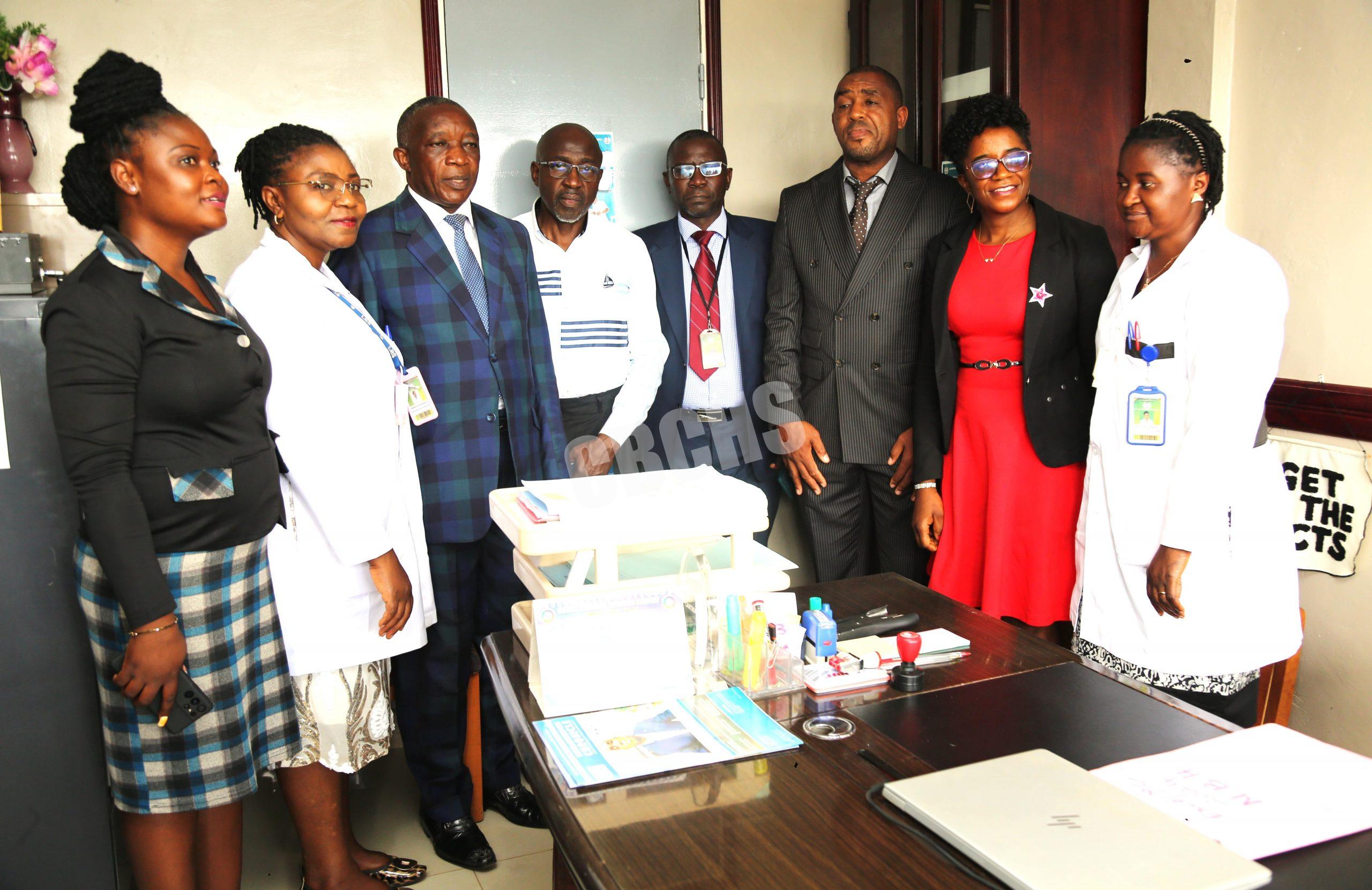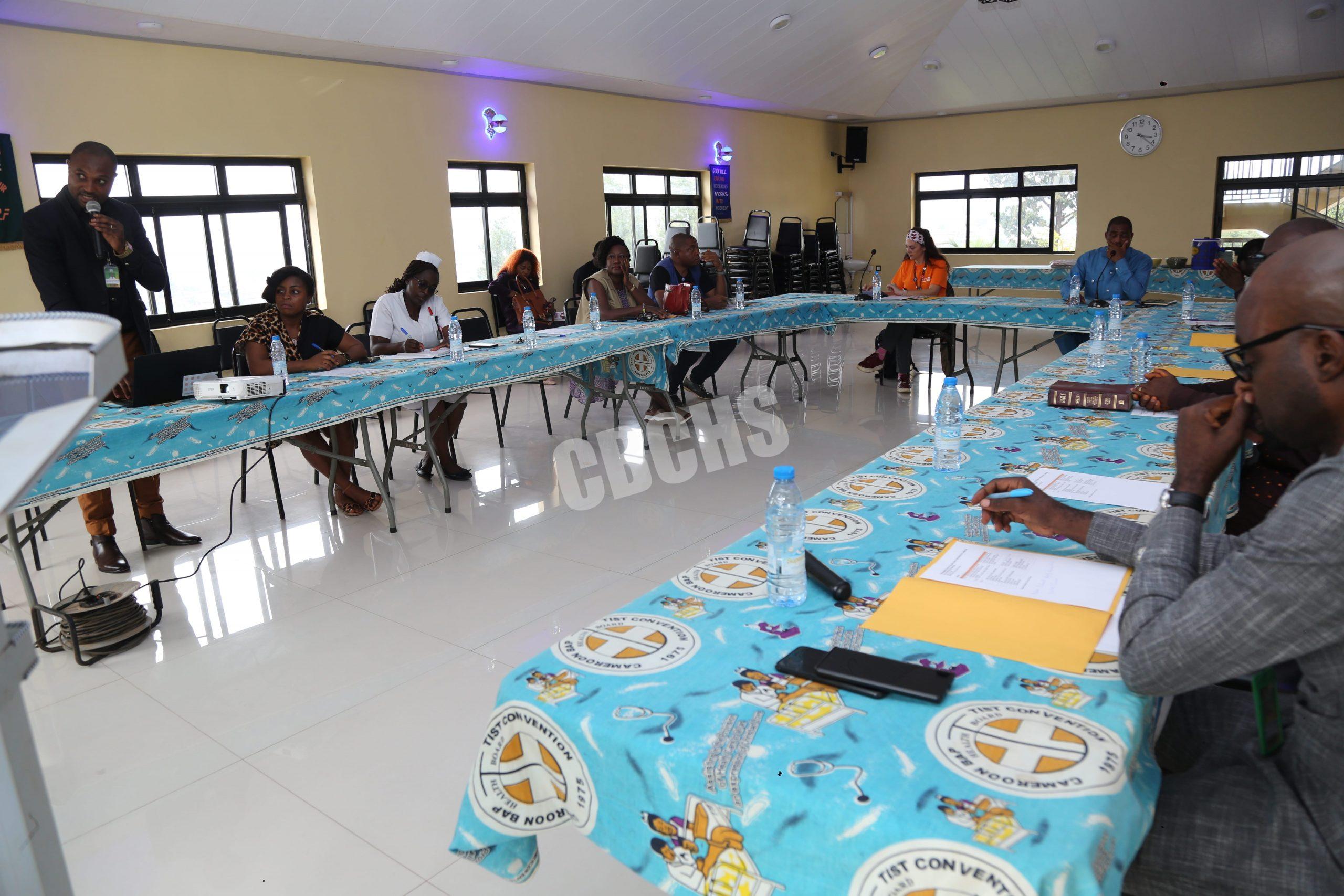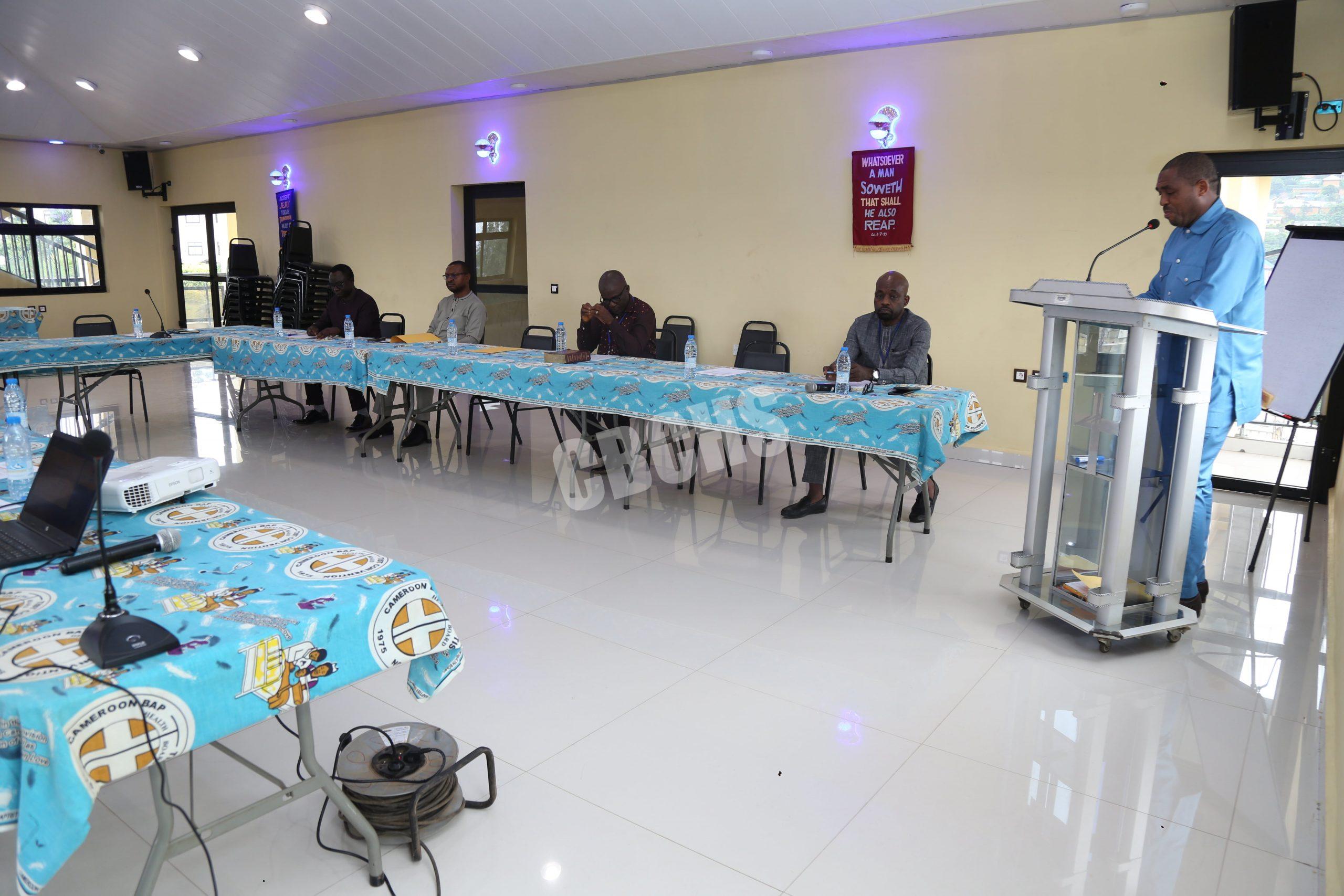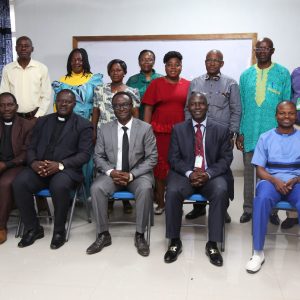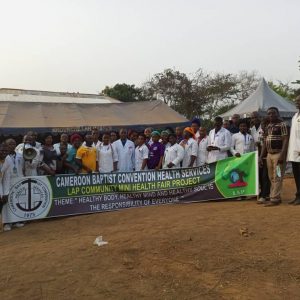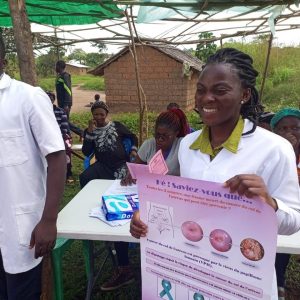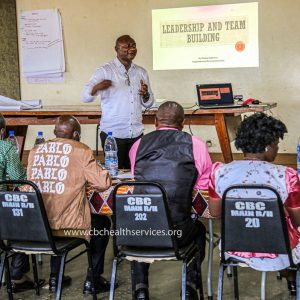The LAP ministry began in the later months of 1979 in the Mbem field area following approval by the CBC Medical Board to begin a six months pilot project enabling underserved communities to have and to share abundant life and health.
LAP covers over 50 villages with services for people of all age groups, sexes, religion, tribes, social and economical standing. Within the 11 LAP Health Areas, there are about 19 separate tribal groups with some areas having several dialects. Socio- economically, LAP communities are mainly rural people with fairly low literacy rates. They rely on subsistence farming, animal husbandry and group income generating schemes for their livelihood. Culturally, communities are different from one to the other though due to migration and settlement, and the heritage of certain groups, there are clear traces of cultural similarities. Basically all LAP communities have good potential for growth and development.
The Village Health Committee is usually made up of volunteers who are the more educated and elderly persons in the village and who supervise the organization and financial concerns of the PHCs.
The criteria for the selection of the target group/beneficiaries and made using pre- set ‘Priority Indicators’ and the recommendation of the Field Supervisor for that area.
